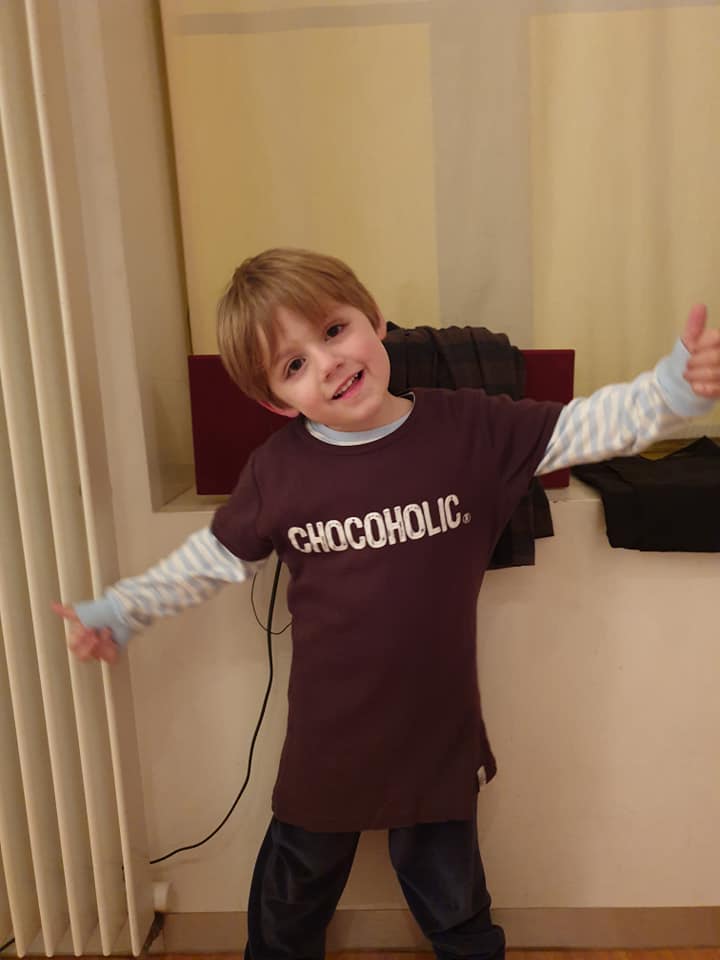Thanks to a special friend: Sepp Schoenbachler.
Felchlin has processed cacao from Ghana, West Africa for many years. Until recently, it was impossible to acquire the cacao beans directly from the producers. The project Yayra Glover has enabled us to eliminate this problem and allow us to guarantee the origin of our cacao beans from Ghana, therby specifying traceability to the origin.

Ghana Cocoa-of-origin
The history of cocoa in Ghana
The fist missionaries from the Basle Mission were sent to the then Gold Coast, today’s
Ghana, in the year 1828. According to the story, these missionaries, who were working together
with Tetteh Quarshie, brought cocoa into the country. Around 1870, the Ghanaian
Tetteh Quarshie worked for a few years on an island in the Gulf of Guinea. The island, on
which cocoa was already grown, was a Spanish colony. Despite the strict prohibition, Tetteh
Quarshie succeeded in smuggling a few cocoa beans into his homeland on his return to
Ghana and successfully raised cocoa plants from them. The Spanish-Portuguese cocoa monopoly
was thereby broken, and the valuable beans found their way to Africa.

The importance of cocoa in Ghana today
Ghana is the second largest export country for cocoa in the world. For the last 60 years, all
the cocoa grown in Ghana had to be sold to the “Ghana Cocoa Board”. This government organisation
controlled and marketed all the cocoa, either for export or for domestic use (local
processors). The raw material cocoa is one of the main sources of foreign exchange for Ghana
and is therefore of enormous importance.
The Yayra Glover Company and its vision
According to the vision of the Ghanaian Yayra Glover, cocoa production in Ghana should be
realigned in the future. His company wants to cultivate and market the cocoa from the entire
Suhum-Kraboa-Coaltar district in line with both, organic and Fairtrade guidelines. And all of
this with the active support of Swiss agronomists.
In doing this, Yayra Glover trains and informs the farmers about local, regional, national and
even international topics. Important issues such as child labour, organic food, natural plant
protection and sustainable agriculture are thereby central. However, in addition, the people
should also be given the means and the opportunities to themselves bring about changes in
their own lives.
He also sees his task as being the general improvement of the well-being of the farmers and
their families by means of smaller social research activities. Students from universities have
the opportunity to work for agricultural communities, to collect data and to create practical
recommendations that can be implemented at the local level in order to raise the prosperity
of the population.
Through tireless work, Yayra Glover succeeded in convincing the “Ghana Cocoa Board”
about his project. He is thereby the first person who is able to sell his cocoa directly to his
customers, of course with the support and approval of the Cocoa Board.
Cocoa from the Suhum-Kraboa-Coaltar district, Ghana
The Suhum-Kraboa-Coaltar district, from which Felchlin now obtains its Ghanaian cocoa,
lies on the southern edge of a large forest area, 60 km north-west of the capital city Accra.
Coastal savannah extends towards the south, while the Aburi chain of hills forms a natural
border to the east, with the protected Attewa forest to the north-west. The entire district is
relatively hilly, with flat valleys intersected by rivers and streams.
 Yayra Glover, a Ghanaian with strong ties to Switzerland, is the founder of the project “Suhum Cacao”. He studied and worked in Switzerland for many years and his family still lives here. His vision is to cultivate cacao in the Suhum-Kraboa-Coaltar district under the organic and Fairtrade certification labels. In this way, he hopes to support his countrymen by producing a premium quality cacao that would secure their future financial existence.
Yayra Glover, a Ghanaian with strong ties to Switzerland, is the founder of the project “Suhum Cacao”. He studied and worked in Switzerland for many years and his family still lives here. His vision is to cultivate cacao in the Suhum-Kraboa-Coaltar district under the organic and Fairtrade certification labels. In this way, he hopes to support his countrymen by producing a premium quality cacao that would secure their future financial existence.
The cacao cultivation incorporates an area of approximately 6’500 ha, which involves around 2’600 small cacao farmers. After long negotiations, Yayra Glover convinced the Ghana Cacao Board of his project. His efforts have born fruit and he is the first, except for the Ghana government, who is authorised by the Cacao Board to sell cacao from the Suhum district to Felchlin Switzerland.
Main harvest
October – January
The cacao beans from Ghana are primarly blended with other cacao beans and used in Felchlin Switzerland Surfine and Classic couvertures.
Cru Suhum 40% flavour profile: the balanced cacao flavour leads to a harmonius play of fresh milk with a nuance of caramel. The finish begins with a pleasant malt note to be completed with a mild marzipan flavour.
Cru Suhum 60% flavour profile: the aroma experience of Cru Suhum couverture is distinguished by a harmonius cacao flavour enrobing the strong coffee note. The slow, traditional processing method allows the fruity, sweet pineapple flavour to develop. The finish is complimented through a nuance of dried pear encased in a sustained black tea flavour.















